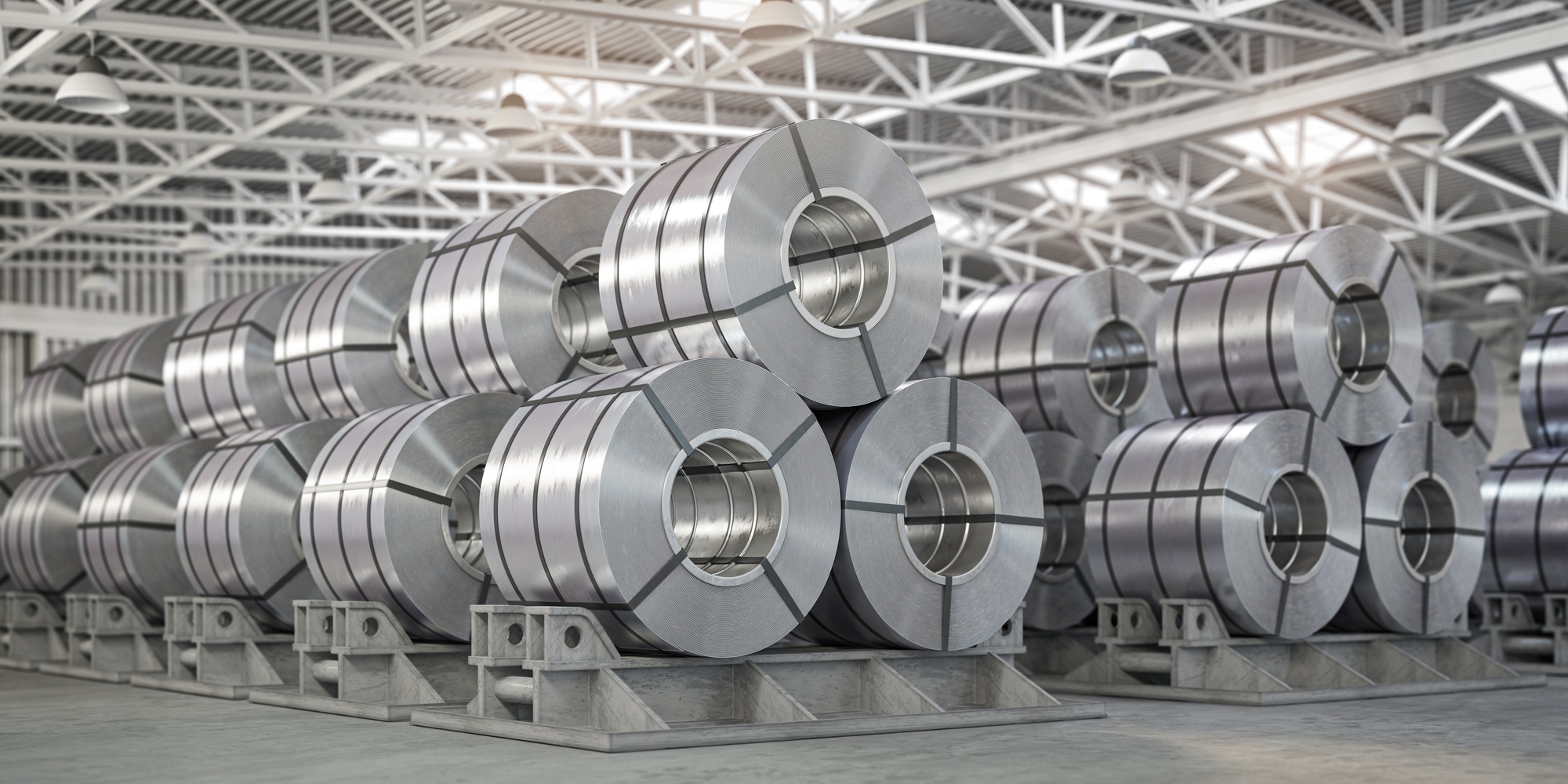Sheet Metal Fabrication

Sheet metal fabrication is the process of forming metal sheets to the desired shape using different manufacturing methods. The completion of a product usually comprises of many steps – from cutting and bending to surface treatment and assembling.
Sheet metal is made by running hot slabs of metal through a series of roughing rolling stands that makes them thinner and longer. To make them even thinner, these sheets go through finishing rolling stands and are then cooled and rolled into coils.
ADVANTAGES OF SHEET METAL FABRICATION
- Sheet metal design options are very flexible. Clients can express a need for certain functionality and sheet metal materials leave room for many different solutions.
- Single prototypes to volume production are possible. Contemporary production methods, like 3D printing, provide quick lead times that are well-aligned with the needs in prototyping. These methods are, however, limited to prototyping only.
- Sheet metal fabrication processes are suitable for a gradual transition from prototyping to large-scale production. Making prototypes sets the baseline and expectations for larger quantities by establishing the required infrastructure.
- Stainless steel sheets are good in corrosive environments, where a combination with strength is important. Mostly used for all kinds of surgical instruments, cutlery, kitchen accessories, sinks, etc. Still, there are great industrial use-cases for storage tanks, valves, piping and the like.
- Aluminum sheets may not be so common for every engineer because of its heavier price-tag. Still, aluminum finds a lot of use throughout the industry because of its standout qualities.




